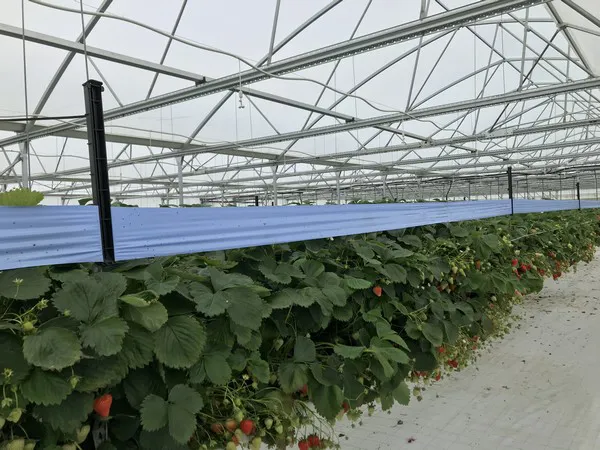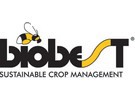Whitefly and thrips are widespread major agricultural pests of various vegetable, ornamental and field-grown crops. Key species include the sweet potato whitefly Bemisia tabaci, Thrips tabaci and the western flower thrips Frankliniella occidentalis. Capable of causing extensive damage, these pests can feed directly on plants reducing produce quality, secrete honeydew where sooty moulds flourish and transmit economically important viruses.
Resistance management
“Management programmes purely reliant on chemical controls can result in these pests building-up resistance to major classes of insecticide, causing challenges in many cropping systems,” explains Kenan Kütük, Biobest IPM & Pollination Specialist for the Middle East & Central Asia. “However, control strategies incorporating Integrated Pest Management (IPM) solutions are proving more successful and often key to achieving effective control."

“Good monitoring and scouting are vital to the success of these integrated pest management strategies. Long-term scouting and monitoring programmes are highly recommended as they can significantly improve the implementation of successful resistance management programmes.
“To optimise control, we recommend archiving the scouting and monitoring data for these pests, and the beneficials – to enable us to provide personalised solutions.”
Fast and accurate scouting
In a bid to help, Biobest has launched its Crop-Scanner app in 2020. “This app takes scouting efficiency to a new level,” says Kenan. “Designed to be used by growers and employees while scouting in the crop, our app unlocks fast and accurate scouting for growers helping to deliver improvements in overall IPM performance.”
An invaluable IPM support tool, Crop-Scanner assists with aspects from pest detection to reporting and from exchange of advice to timely interventions. It works on smartphones as well as tablets and connects to an online web portal. All observations are centrally combined and stored. Growers and their advisors can analyse these data online to follow pest outbreaks closely and develop appropriate biological control strategies.
“Advice can be personalised from a distance to fit the exact situation in the greenhouse,” explains Kenan. “Our app is significantly improving the remote provision of tailored IPM advice.”
Traps for monitoring
Yellow sticky traps are widely used in professional horticultural crops worldwide to monitor many pests including aphids, whiteflies and leafminer adults. In contrast, blue sticky traps are ideally suited to monitoring other pests - such as thrips, sciarids, mirids and shoreflies (Scatella).
“Our range also includes Bug-Scan Dry sticky traps, manufactured with user-friendly, hot-melt type glue, plus Bug-Scan Smart traps. These 25x 40cm traps can be divided in eight equal pieces making them ideal for pot plant crops”.
Biobest also offers Bug-Scan® Rolls, manufactured from recyclable plastic and with sticky pest trapping glue on both sides. Available in yellow, blue, black and red, Bug-Scan® Rolls come in a range of widths.
Effective monitoring
To monitor a crop effectively, Kenan recommends all Bug-Scan® traps to be inspected weekly – with the number of each pest counted and recorded. “To build up an accurate picture of what is going on in the crop – and identify changes in pest pressure – this data must be recorded individually for each trap,” he says.
“If the pest population increases, it signals more beneficials may be needed. It is important to bear in mind that when temperatures rise, pest pressure can increase rapidly.”
 Biobest
Biobest